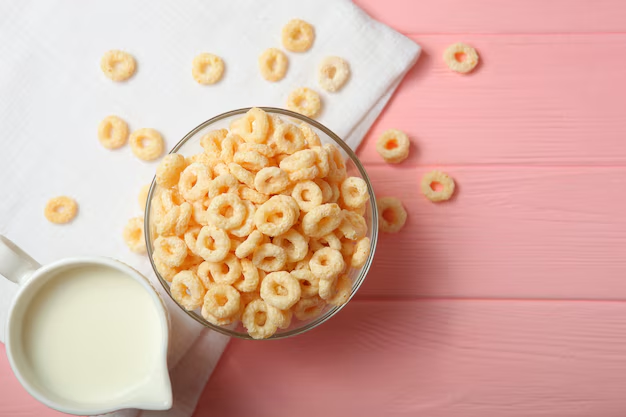Are Cheerios a Good Choice for Diabetics?
If you or someone you love is living with diabetes, chances are you're always on the lookout for foods that fit well into a balanced diet. Cheerios, the iconic breakfast cereal, often comes up in conversations about healthy eating for diabetics. So, does this popular choice make the cut?
Understanding Cheerios and Diabetes Management
Cheerios are made primarily from whole grain oats, which are praised for their health benefits. Whole grains are a rich source of fiber, which can be beneficial in controlling blood sugar levels, making them a generally favorable option for those managing diabetes. Fiber slows down the digestion of carbohydrates, which can help stabilize blood sugar rather than causing a sharp spike.
This cereal is also low in sugar compared to other commercial options, which is another win for diabetics. With just about 1 gram of sugar per serving in the original variety, Cheerios come across as a more suitable breakfast option for those watching their sugar intake. However, flavored variants, like Honey Nut Cheerios, contain significantly more sugar, making them less ideal for a diabetic-friendly diet.
Portion Control and Balance
Despite these benefits, portion control is key. Like any carbohydrate, even a healthy cereal such as Cheerios can affect blood sugar levels if consumed in large quantities. It is essential to measure servings and consider pairing Cheerios with a source of protein, such as a handful of nuts or a boiled egg, to prevent sudden sugar spikes and keep you fuller for longer.
Consulting with Professionals
Before making any changes to your diet, particularly when managing diabetes, consulting with a healthcare provider or a registered dietitian is crucial. They can provide personalized advice, ensuring your meals are tailored to your specific needs and lifestyle.
Resources Beyond Diet
Managing diabetes goes beyond diet alone. Financial stress from medical expenses and lifestyle adjustments can be overwhelming, and understanding the financial resources available can help alleviate some pressure.
Government Aid Programs: Many states offer assistance programs to help with the cost of diabetes management supplies and medication.
Financial Assistance: Programs such as Medicare Part D or other health insurance plans often cover a portion of medication and devices required for diabetes management.
Debt Relief Options: For those struggling with medical bills, exploring debt relief solutions with nonprofits can be beneficial.
Educational Grants and Scholarships: For students with diabetes, numerous foundations offer scholarships to help manage the financial burden of education.
Understanding what Cheerios brings to the table and exploring available resources can dramatically ease the journey of managing diabetes. A strategic approach to both diet and financial management can lead to a healthier, more well-rounded lifestyle.
Helpful Resources for Diabetics
- 📋 Medicare Part D: Coverage for prescription medications, including diabetes supplies.
- 💳 Health Insurance: Check your plan for diabetes management tools coverage.
- 📊 Nonprofit Debt Relief: Organizations offering counseling and solutions for medical debt.
- 🎓 Diabetes Scholarships: Financial help available for students living with diabetes.
- 🏥 State Programs: Assistance for medication and supplies costs via state-run programs.
